Product Category
- AB
- Allen-Bradley
- Azbil
- Battery
- Contactor
- cooling fan
- Delta
- Encoder
- Fanuc
- Festo
- IGBT Module
- keyence
- LCD
- Mitsubishi
- Omron
- Others
- Panasonic
- proface HMI
- proximity sensor
Contact Us
Name: Gilbert
Tel: +86-13750014627
![]() weihao_law
weihao_law
![]() automations
automations
Add: Luohu district, Shenzhen, CHINA
Follow Us:
Contact Us on Line:
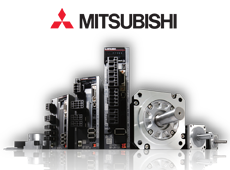
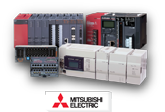
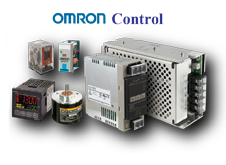
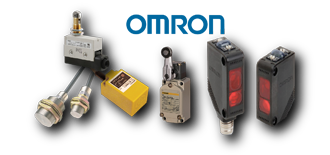
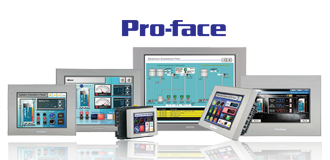
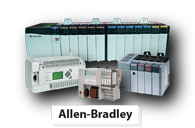
News
-
How to use OMRON PLC to realize remote electric quantity collection
I. Introduction At present, remote remote electric quantity collection meter remote electric quantity collection reading and remote control system has attracted more and more attention OMRON in OMRON the OMRON power sector. The use of Modem and computer, the use of public telephone network for remote control, not only can be very convenient to achieve control of the transmission of information, and the control of information can be very complex and rich. But the system cost is high, and the structure is complex. This design uses the PLC to realize the power supply system’s electric quantity collection and the control, through the public telephone network and the upper computer is connected. The whole system has flexible control, reliable operation, low cost and wide application prospect. 2, system structure This design uses electric quantity timing acquisition, according to the user’s requirements for data acquisition and recording time. The electric quantity signals are transformed into a pulse signal by the pulse electric meter, and the electric quantity is directly proportional to the relationship. Assuming that every day is divided into 7 periods of data collection, the road every day to record 16 words, that is: mark and year 1 words, month, day 1 words, time, a total of 14 groups […]
-
Photoelectric sensor photoelectric sensor matters needing attention
The working principle of the photoelectric sensor is to realize the judgment of opening and closing by blocking and conducting the infrared emission light and inducing the current change in the infrared receiving tube. The slot optocoupler, also commonly referred to as a trough photoelectric switch, is generally a U-shaped structure. Its transmitter and receiver are respectively located on both sides of the U-shaped slot, and form an optical axis. When the detected object passes through the U-shaped slot and blocks the light. When the shaft is in motion, the photoelectric switch produces a detected switching signal. The slot photoelectric switch is relatively safe and reliable for detecting high-speed changes and distinguishing transparent and translucent objects. First, the selection There are three main considerations for the selection: how wide the slot width is; the resolution (width of the optical slit); 1, the width of the slot, the object to be detected through the slot optocoupler slot, in order to achieve the blocking of infrared light, so the photoelectric sensor slot width should be wider than the detection of objects, and have a certain margin, easy to install. 2, the resolution of the slot-type optocoupler, such as the detection of a […]
-
What are the causes of the instability of the photoelectric sensor output signal?
The following conditions may cause the photoelectric sensor to detect that the output signal is unstable: 1 The power supply is abnormal; 2 detection frequency is too fast; 3 measured object size problem; 4 The measured object is not in the sensor stability detection area; 5 electrical interference. Countermeasures: 1 to the sensor for a stable voltage, the current must be greater than the current consumption of the sensor; 2 The speed at which the measured object passes must be slower than the response speed of the sensor; 3 The size of the object to be measured must be greater than the standard detection object or the minimum detection object; 4 The measured object must be detected within the stable detection range of the sensor; 5 can do the appropriate protective measures, such as: shielding shield around the probe, grounding high-power equipment and so on.
-
Difference between laser sensor and photoelectric sensor
First, principle Photoelectric sensors are controlled by converting changes in light intensity into changes in electrical signals. The laser sensor is first directed by the laser emitting diode to the target emitting laser pulse. The target reflected laser light scattered in all directions. Part of the scattered light is returned to the sensor receiver, received by the optical system and imaged onto an avalanche photodiode and converted into a corresponding electrical signal. Second, light source The light source of the photoelectric sensor can see red light and infrared light, but the laser sensor uses laser technology to measure the sensor. The difference here is that the spots of red and infrared light are large, and the larger the distance, the larger the distance, which is not conducive to the detection of small objects. The laser sensor’s light source is a laser, and the same light source, the light source will be close to the distance. Changing the size, the difference between the laser and the ordinary is that the laser spot will be very small. As the distance is longer, the spot will also expand, but it is a very subtle change that the naked eye can’t see, so people […]
-
Five specific applications of sensors in life
In order to obtain information from the outside world, people must rely on sensory organs, and rely solely on their own sensory organs. Their function in studying natural phenomena and laws and production activities is far from enough. To meet this situation, sensors are needed. Therefore, it can be said that the sensor is an extension of human features, also known as electrical features. Now introduce you to the five specific applications of sensors in your life: 1. Automatic door: use the body’s infrared microwave to open and close the door 2, smoke alarm: the use of smoke-sensitive resistance to measure the smoke concentration, so as to achieve the alarm purpose 3, mobile phones: digital cameras, the use of optical sensors to capture images 4, electronic said: the use of mechanical sensors (conductor strain gauge technology) to measure the pressure of the object corresponding to the variable, so as to achieve the purpose of measuring weight 5, water level alarm: temperature alarm, humidity alarm, optical alarm, etc. are all sensors, is a detection device, is the first step to achieve automatic detection and automatic control, for people’s lives has brought a huge change.
